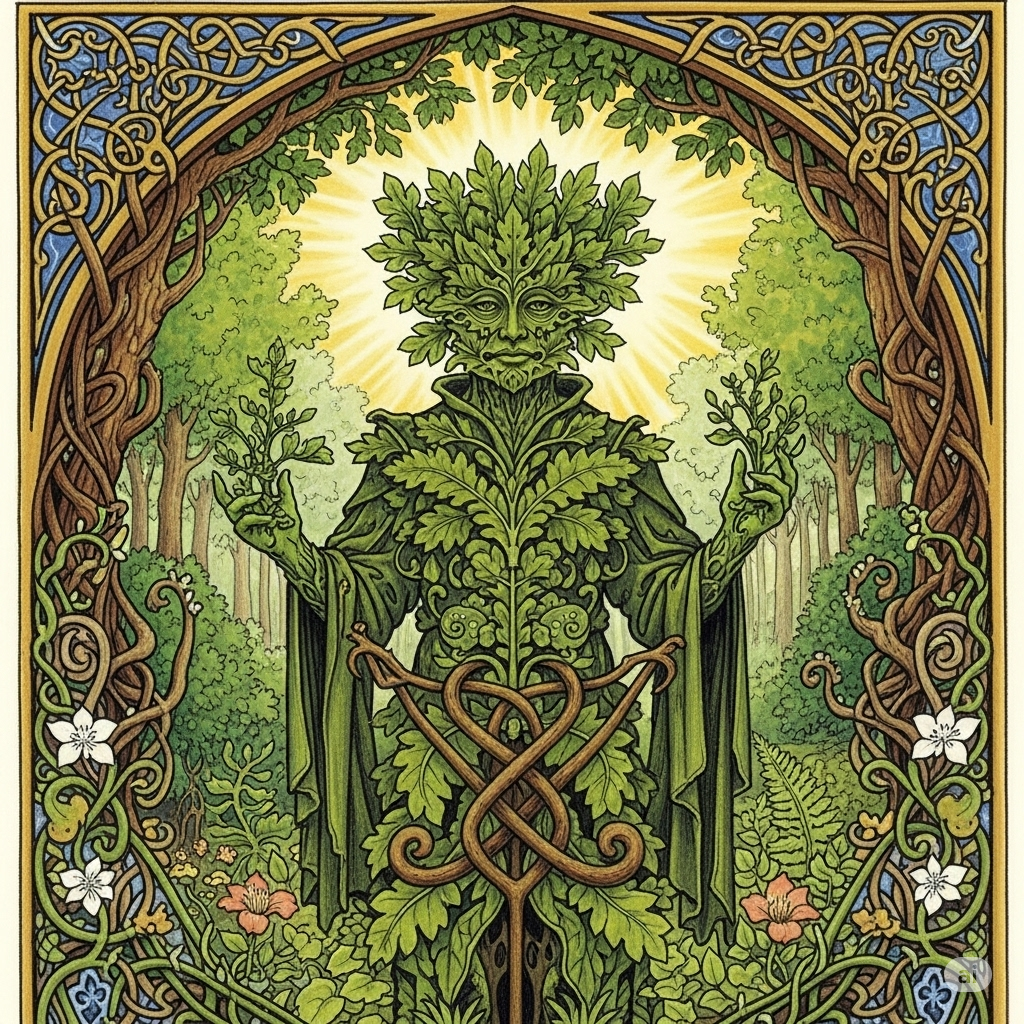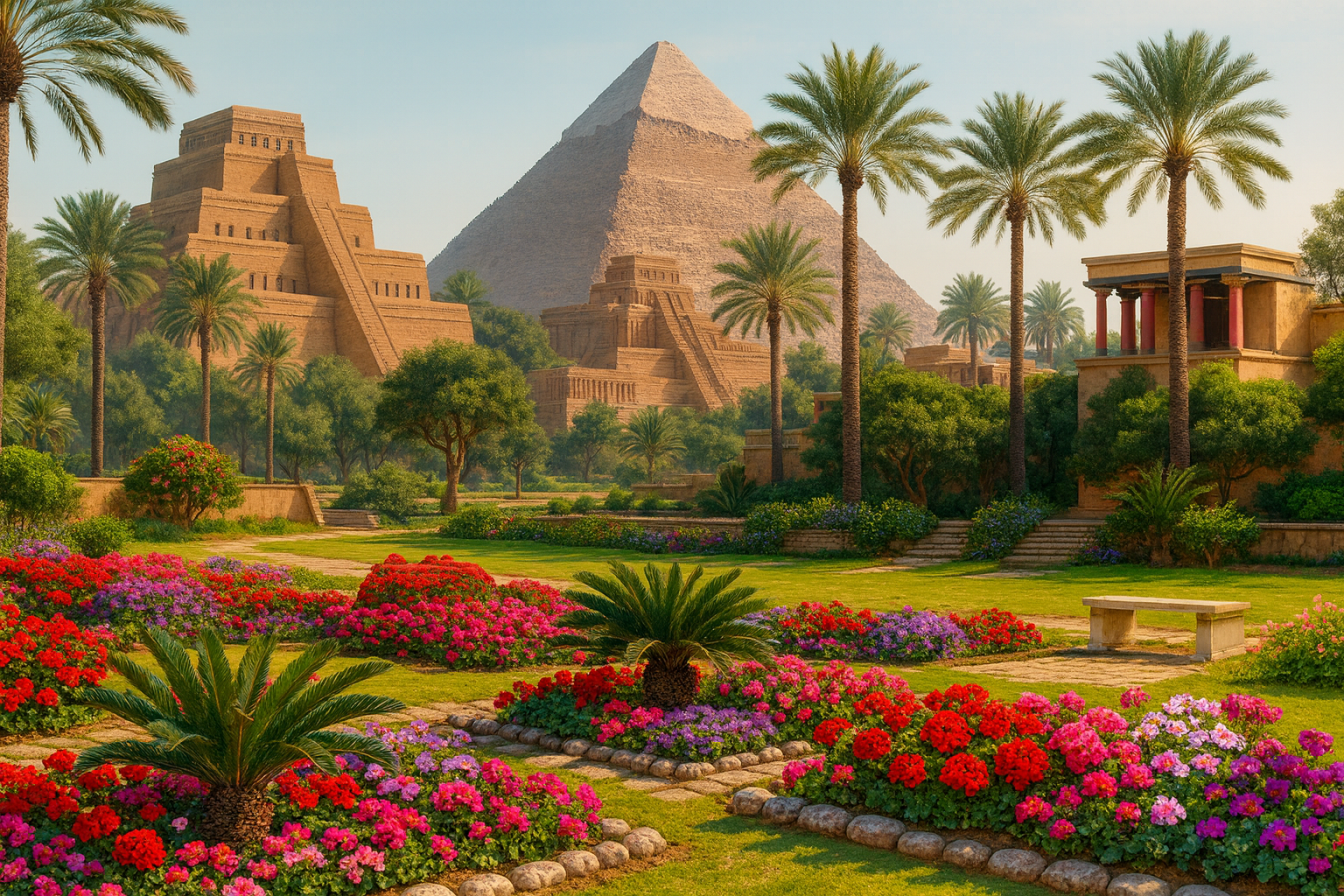Unearthing the Roots of a Timeless Nature Deity
Carved into ancient cathedrals, peeking from foliage in stone reliefs, or symbolized in seasonal festivals, the mysterious figure of the Green Man has captivated minds for centuries. Though often associated with medieval Europe, the Green Man’s roots run far deeper, branching into pagan mythologies across numerous cultures. This verdant archetype represents the eternal cycle of life, death, and rebirth—embodied through the thriving power of nature itself.
In this article, we’ll explore the mythic origins of the Green Man, his evolution across traditions, and the symbolic meanings behind his leafy visage.
Who Is the Green Man?
The Green Man is most commonly depicted as a male face composed of, or surrounded by, leaves and vines. His mouth may spew foliage, his eyes peer from bark-like brows, and his entire being seems to emerge from the earth itself. While he has no fixed mythology, the Green Man symbolizes the life force of nature—fertility, vegetation, regeneration, and the untamed wild.
Rather than being a single god, the Green Man is more of a mythic archetype, a cross-cultural symbol that embodies humanity’s spiritual connection to the natural world.
Origins of the Green Man: More Than Medieval Stonework
Although the term “Green Man” was popularized in the 20th century (by Lady Raglan in 1939), the concept predates medieval Christian Europe by thousands of years.
Celtic and Pre-Christian Britain
In Celtic paganism, nature spirits and forest deities like Cernunnos, the antlered god of the wild, were revered as guardians of the forests and animals. While not leafy-faced, Cernunnos shares the Green Man’s domain—untamed nature, fertility, and seasonal cycles. The May Day celebrations (Beltane) celebrated the renewal of spring and likely drew upon Green Man-like figures in their rituals.
Greek and Roman Influences
The Greek god Pan and the Roman Silvanus echo Green Man traits—horned, woodland entities tied to rustic wilderness and fertility. The Dionysian mysteries, which honored the god of vine and rebirth, also reflected the verdant, chaotic life force that the Green Man represents.
Middle Eastern and Indian Parallels
In Mesopotamian mythology, the Sumerian god Dumuzi and his cyclical death and resurrection as a vegetation god parallels the Green Man motif. In Hinduism, Pashupati—“Lord of Animals”—shares symbolic ground, while tree spirits (yakshas) in Indian tradition embody the sacredness of plant life.
Christian Churches and the Hidden Pagan Face
Strangely, some of the richest collections of Green Man imagery appear not in pagan temples but in Gothic churches and cathedrals. Why would Christian architects incorporate a pagan symbol?
The medieval mind often blended older nature motifs with newer religious teachings. The Green Man, embedded in stone carvings or wooden beams, may have symbolized:
The resurrection and cyclical rebirth (a parallel to Christ’s resurrection).
A reminder of man’s link to the earth and mortality.
A spiritual echo of pre-Christian belief systems coexisting with Christian doctrine.
From Notre-Dame in Paris to tiny parish churches in England, Green Men remain hidden in plain sight—watching from the eaves like ancient guardians of forgotten wisdom.
Symbolism: What Does the Green Man Represent?
At his core, the Green Man is about renewal and transformation. His leafy face is not just a decoration; it embodies:
🌱 Rebirth – As trees bud anew each spring, so does life emerge from apparent death.
🍃 Fertility – He represents the procreative forces of the land.
🌿 Nature’s Wildness – Unpredictable, lush, and free from human control.
🍂 Mortality and Decay – Just as green leaves fall in autumn, life cycles onward.
He reminds us that nature gives, takes, and renews—unceasingly.
The Green Man Today: Folklore and Festivals
The Green Man lives on in seasonal rituals across Europe, especially in May Day and Midsummer celebrations:
Jack in the Green – A May Day figure in British folk tradition, covered in foliage and danced through the streets to welcome spring.
The Wicker Man – A modern symbol (and horror icon) echoing ancient fertility rituals.
Modern Paganism & Wicca – Neopagan traditions often honor the Green Man as a deity of the forest and divine masculine.
He also appears in fantasy fiction, environmental activism, and art—offering a deep-rooted symbol for those who seek harmony with nature.
Conclusion: A God Without a Name, A Spirit Without an End
The Green Man is not one god, nor bound to one pantheon. He is a universal archetype—an ancient echo of humanity’s sacred bond with the green world. In every leaf-carved cathedral cornice, every Maypole dance, and every rewilding movement, his face returns.
In a world increasingly distanced from nature, the Green Man stands as a verdant reminder: we are not apart from the earth, but of it.







